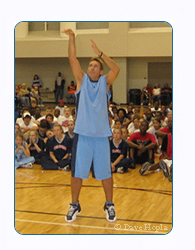Coach Wheeler’s Personal Strategy Tool
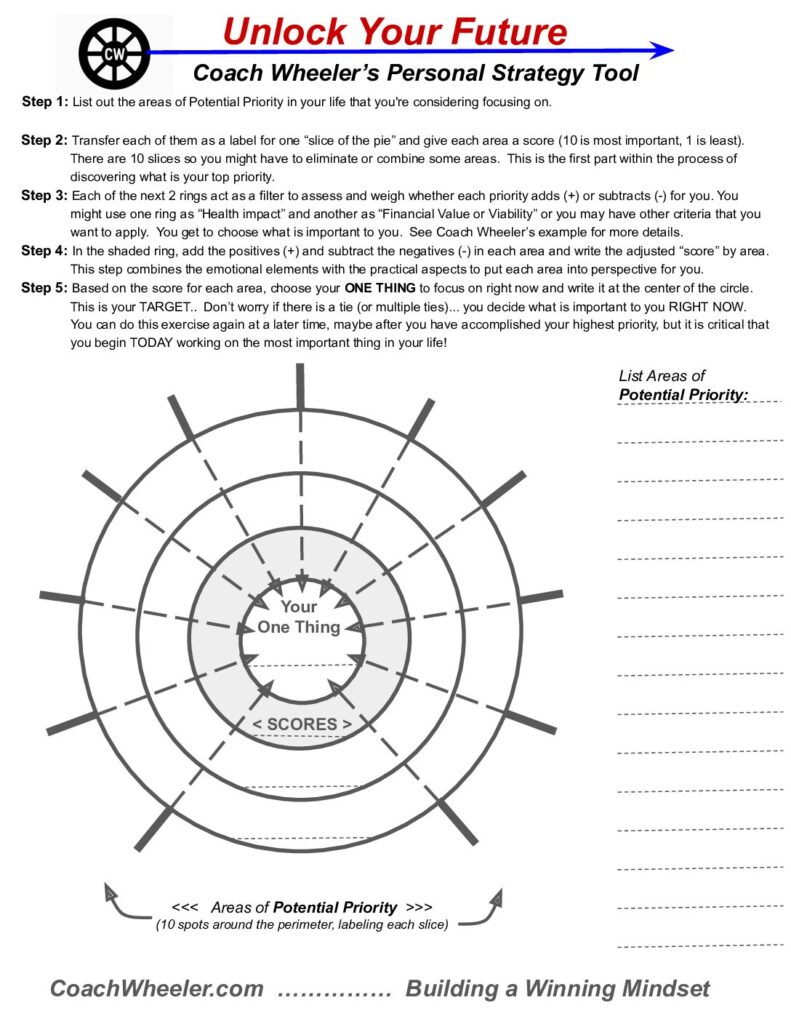
Imagine waking up every day knowing exactly what you should focus on. No endless to-do lists. No paralyzing indecision. Just clarity, energy, and progress. That’s the power of unlocking your future — and it all starts with a simple, profound tool designed by Coach Wheeler. Today, you’re invited to discover the tool that could change the trajectory of your life:
The Priority Wheel.
The Problem:
Too Many Options, Too Little Focus
In a world overflowing with opportunities, distractions, and demands, it’s easy to feel overwhelmed.
Should you focus on your career? Your health? Building your brand? Deepening your relationships?
Coach Wheeler likes to remind us:
“You can have anything… but you can’t have everything.”
Real success starts when you stop trying to do it all and choose your one true priority — the thing that unlocks the best version of yourself.
That’s where the Unlock Your Future Priority Wheel comes in.
Introducing the Priority Wheel:
A Strategic Map for Your Life

At first glance, the Priority Wheel looks like a simple circle divided into slices, but look deeper — it’s a powerful diagnostic tool for personal clarity and strategic action.
Here’s how it works:
Step 1: List Your Potential Priorities
Start by brainstorming the key areas you are considering focusing on. Think big: career moves, health transformations, creative pursuits, family commitments — whatever feels alive to you.
There’s space for up to 10 priorities around the perimeter of the wheel. You might have to eliminate or combine a few ideas to fit, and that’s part of the sharpening process.
Step 2: Score Each Area
For each slice, give a score from 1 to 10 based on how important it feels right now — 10 being absolutely critical, 1 being low importance.
This is your first emotional gut-check.
Step 3: Filter Through Key Factors
Now the strategy deepens. Around each slice, you’ll find two additional rings.
These rings are filters that you can customize, such as:
- Health Impact (Does this improve or diminish my physical and emotional well-being?)
- Financial Value or Viability (Can this support my lifestyle or future?)
Or you might choose other criteria that matter deeply to you, such as Impact, Joy, or Long-Term Growth.
Mark a plus (+) for positive impact and a minus (-) for negative in each area.
Step 4: Adjust the Scores
Add the pluses and subtract the minuses for each slice to get an adjusted score.
This step blends your emotional desires with practical realities — giving you a more grounded picture.
Step 5: Choose Your ONE THING
At the center of the wheel is a space for your ultimate target: Your One Thing.
It’s the area where your passion, your health, and your future meet.
Even if there’s a tie, it’s your call. The point is not perfection. The point is progress.
You get to choose what matters most to you — right now.
“Today’s decision shapes tomorrow’s destiny.” – Coach Wheeler
Coach Wheeler’s Example:
Seeing The Priority Wheel in Action
In this downloadable PDF, Coach Wheeler also shares a sample Priority Wheel from his own life, filled with real-world potential focuses like:
- Basketball Coaching
- Blog/Podcast/Speaking
- Family and Friends
- Restoring a classic car
- Business Ownership
- Health and Fitness
Each area is scored, filtered, and prioritized — showing you exactly how the process can be adapted to your own unique dreams and challenges.
Sometimes, seeing it done is all it takes to spark your own breakthroughs.
Download Your Free Worksheet: Build Your Winning Mindset
Ready to get started?
👉 Download the Unlock Your Future: Priority Wheel Worksheet
You’ll get:
- A printable Priority Wheel
- Simple step-by-step instructions
- Space to list, score, filter, and select your One Thing
Final Thought: Clarity is Power
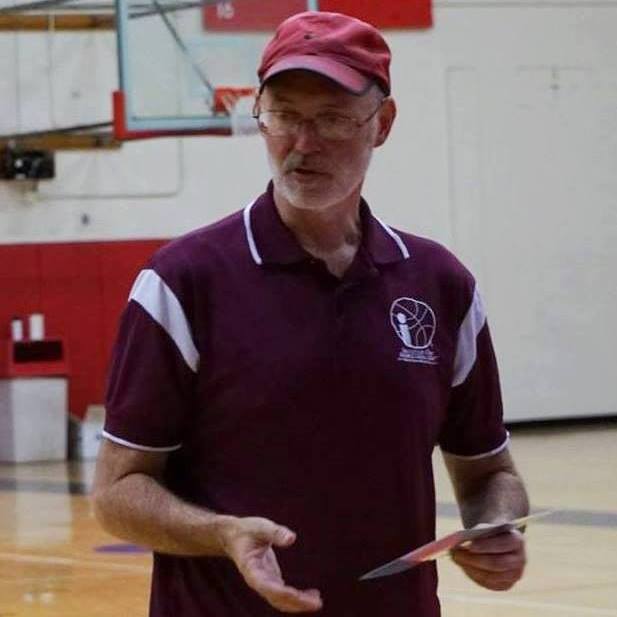
When you know your One Thing, your energy sharpens.
Your choices simplify.
Your days feel lighter, faster, more exhilarating.
The people who unlock their future are the ones willing to make a choice today — not someday.
So… what’s your One Thing?
And when will you start pursuing it with everything you’ve got?
“There will never be a perfect time. There will only be NOW!”
– Coach Wheeler
Make today the day you unlock your future.

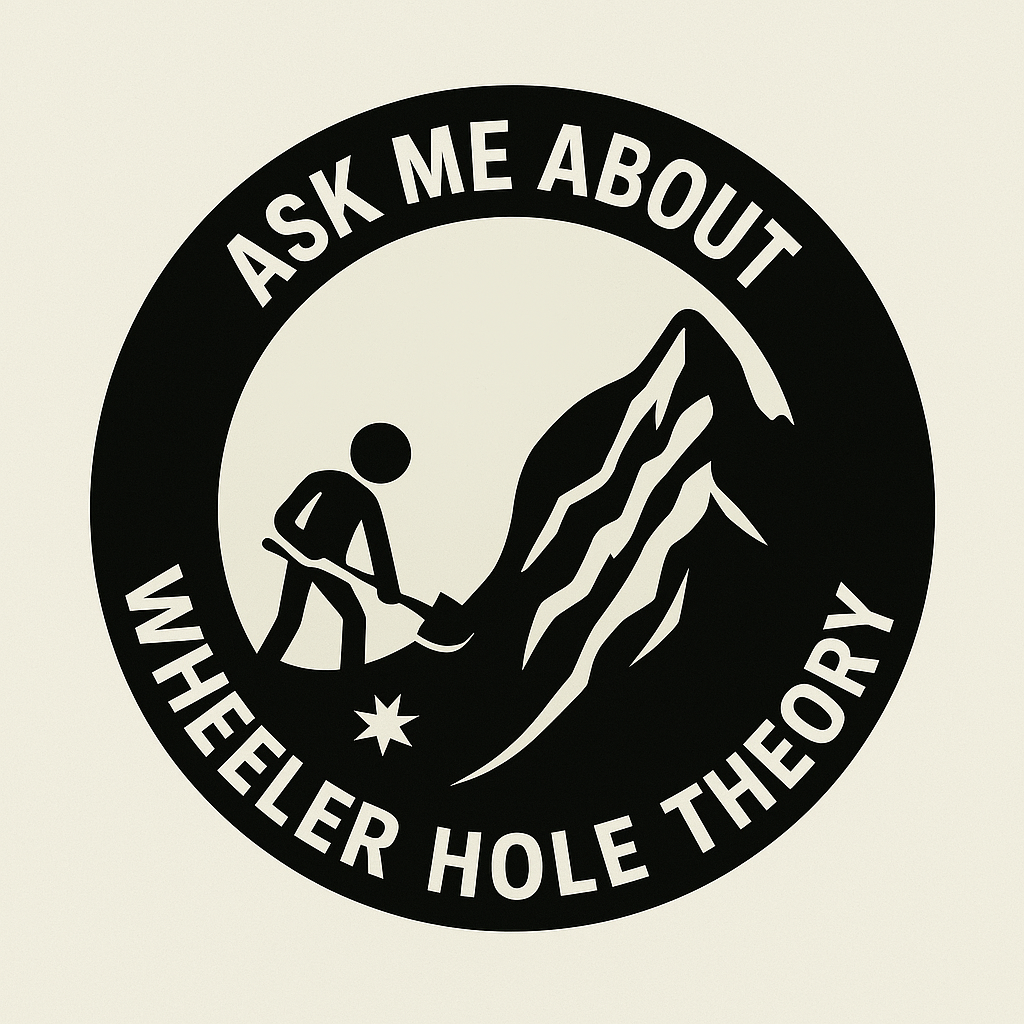
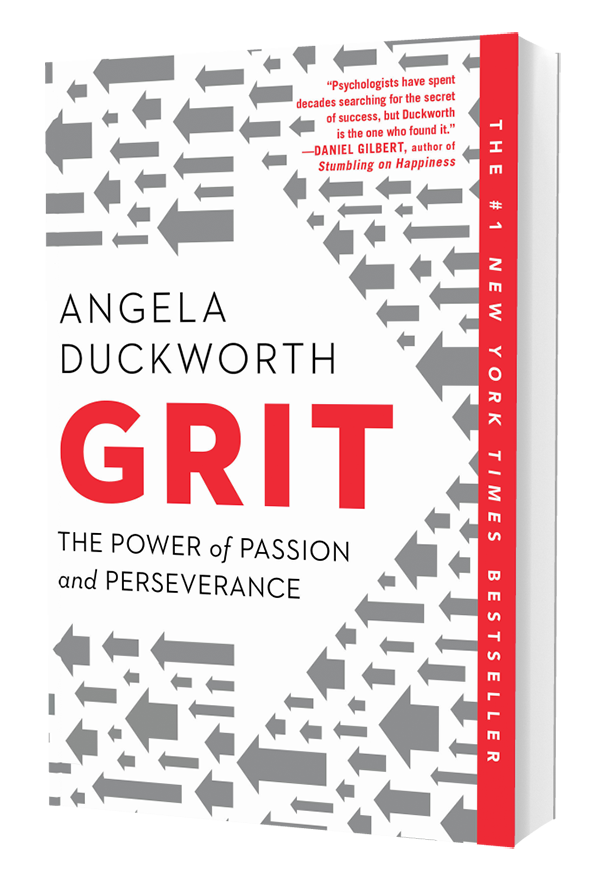





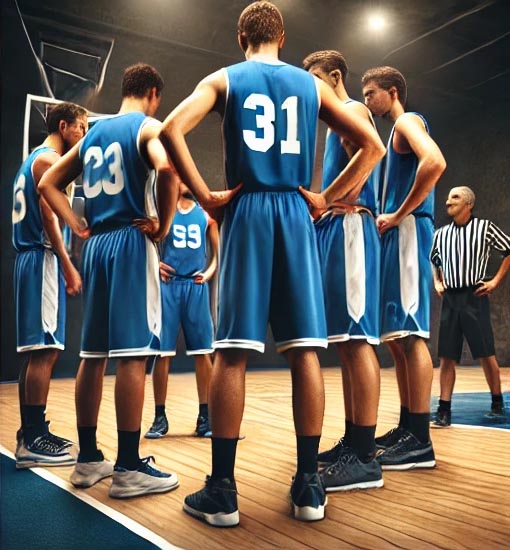
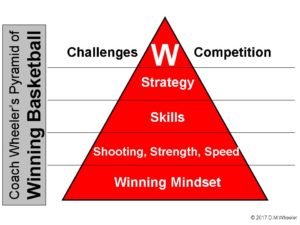

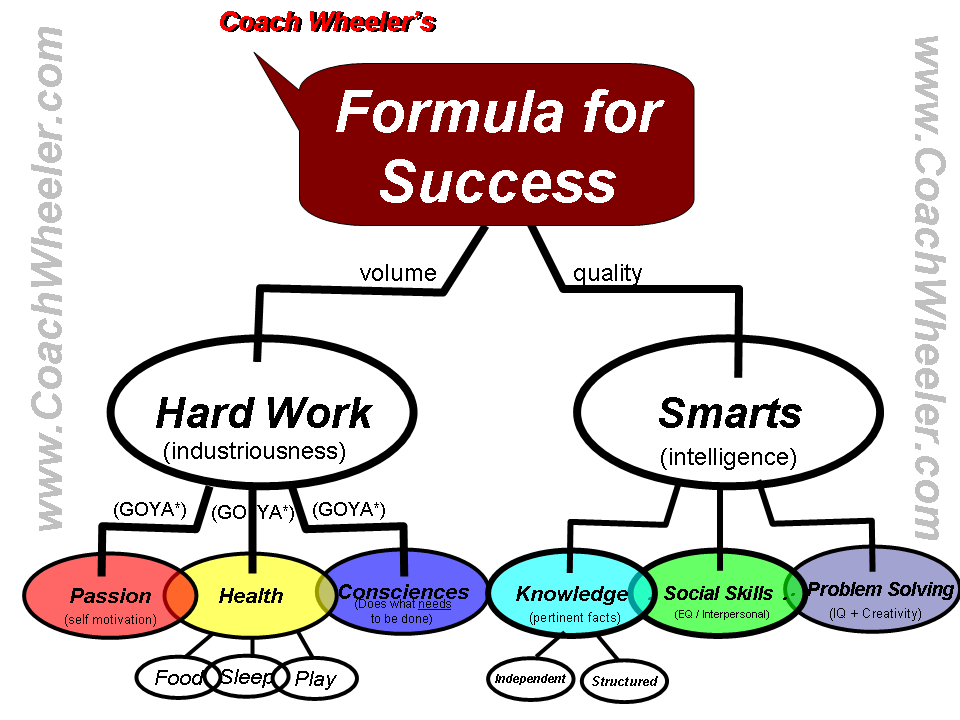
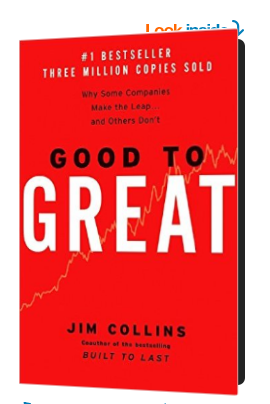
 The one basketball season ends and another basketball year begins. If you are only playing and working on your game during the “official school season” than you are missing out. Below are the 4 sections / timelines that make up the “4 part basketball year” plus the off-season. Let’s start with the day after your school season ends…
The one basketball season ends and another basketball year begins. If you are only playing and working on your game during the “official school season” than you are missing out. Below are the 4 sections / timelines that make up the “4 part basketball year” plus the off-season. Let’s start with the day after your school season ends…
